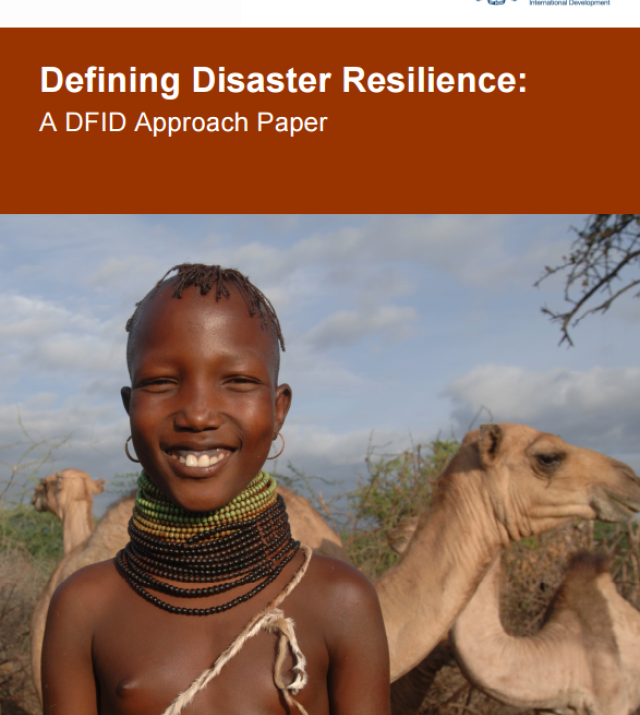
Developing a Resilience Threshold: Lessons Learned from Niger

With funding from USAID’s Technical and Operational Performance Support (TOPS) platform through Save the Children, Mercy Corps worked with its partners to develop a “resilience threshold,” which can help analyse households’ and communities’ resilience to food security shocks. The resilience threshold systematically identifies when households have reached a point where they have the resources necessary to respond to a range of potential future shocks.
A workshop was held in Niamey in September 2014 to present the HEA resilience measurement approach to staff from Mercy Corps, Save the Children, the World Food Program (WFP), the AGRYMET Center, Oxfam, ECHO, Catholic Relief Services (CRS) and others, most of whom had previous knowledge and experience of using HEA. Sessions covered in this workshop included: definitions of resilience and experiences from the different organisations, limitations and adaptations of the HEA framework, definition of shocks and resilience score calculations, targeting programmes for piloting and data collection planning. The workshop produced general recommendations for data points to collect as well as an understanding among participants of how the HEA analysis can be adapted to calculate a resilience threshold. The resilience tools developed were tested (or data were collected for them) by Mercy Corps, Save the Children, and CRS.
This document provides a technical description of the HEA resilience measurement approach as developed by FEG as well as the results of an initial piloting in one of Mercy Corps’ programme areas in southern Niger.

